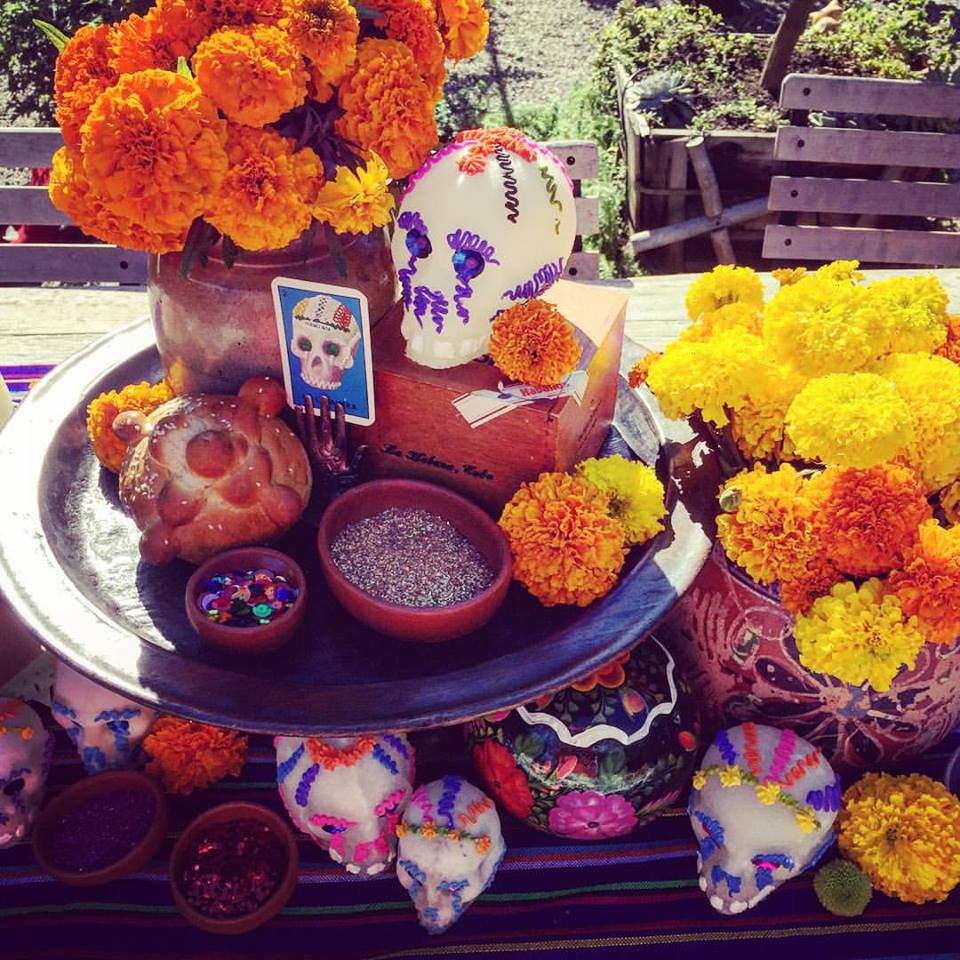


The bones might be arranged in a circle, as in the circle of life. Pan de muerto, or bread of the dead, is a typical sweet bread (pan dulce), often featuring anise seeds and decorated with bones and skulls made from dough. Some families place their dead loved one’s favorite meal on the altar. At least that’s the traditional belief in Mexico. You work up a mighty hunger and thirst traveling from the spirit world back to the realm of the living. ( Learn more about the dark history of the holiday's immortal icon.) 6. In 1947 artist Diego Rivera featured Posada’s stylized skeleton in his masterpiece mural “Dream of a Sunday Afternoon in Alameda Park.” Posada’s skeletal bust was dressed in a large feminine hat, and Rivera made his female and named her Catrina, slang for “the rich.” Today, the calavera Catrina, or elegant skull, is the Day of the Dead’s most ubiquitous symbol. “ Todos somos calaveras,” a quote commonly attributed to Posada, means “we are all skeletons.” Underneath all our manmade trappings, we are all the same. Posada dressed his personification of death in fancy French garb and called it Calavera Garbancera, intending it as social commentary on Mexican society’s emulation of European sophistication. In the early 20th century, Mexican political cartoonist and lithographer José Guadalupe Posada created an etching to accompany a literary calavera. Photograph by Corbis Documentary/Getty Images 5.especially the calavera Catrina. Marigolds and family photos decorate a Day of the Dead altar in San Miguel de Allende, Mexico. You’ll find these clever, biting poems in print, read aloud, and broadcast on television and radio programs.

These literary calaveras eventually became a popular part of Día de los Muertos celebrations. ( Here's how marigolds became iconic symbols of the Day of the Dead.) 4.and so are literary calaveras.Ĭalavera means “skull.” But during the late 18th and early 19th centuries, calavera was used to describe short, humorous poems, which were often sarcastic tombstone epitaphs published in newspapers that poked fun at the living. The smoke from copal incense, made from tree resin, transmits praise and prayers and purifies the area around the altar. Scattered from altar to gravesite, marigold petals guide wandering souls back to their place of rest. Marigolds are the main flowers used to decorate the altar. If one of the spirits is a child, you might find small toys on the altar. As such, they’re loaded with offerings-water to quench thirst after the long journey, food, family photos, and a candle for each dead relative. These aren’t altars for worshipping rather, they’re meant to welcome spirits back to the realm of the living. The centerpiece of the celebration is an altar, or ofrenda, built in private homes and cemeteries. Today Mexicans from all religious and ethnic backgrounds celebrate Día de los Muertos, but at its core, the holiday is a reaffirmation of Indigenous life. In 2008, UNESCO recognized the importance of Día de los Muertos by adding the holiday to its list of Intangible Cultural Heritage of Humanity. The United Nations Educational, Scientific and Cultural Organization (UNESCO) says that cultural heritage also includes living expressions of culture-traditions-passed down from generation to generation. It has been recognized by UNESCO.Ĭultural heritage is not just monuments and collections of objects. It takes place on November 1 and 2-All Saints’ Day and All Souls’ Day on the Catholic calendar-around the time of the fall maize harvest. Today’s Día de los Muertos celebration is a mash-up of pre-Hispanic religious rites and Christian feasts. The dead were still members of the community, kept alive in memory and spirit-and during Día de los Muertos, they temporarily returned to Earth. For these pre-Hispanic cultures, death was a natural phase in life’s long continuum. Unauthorized use is prohibited.ĭay of the Dead originated several thousand years ago with the Aztec, Toltec, and other Nahua people, who considered mourning the dead disrespectful.


 0 kommentar(er)
0 kommentar(er)
